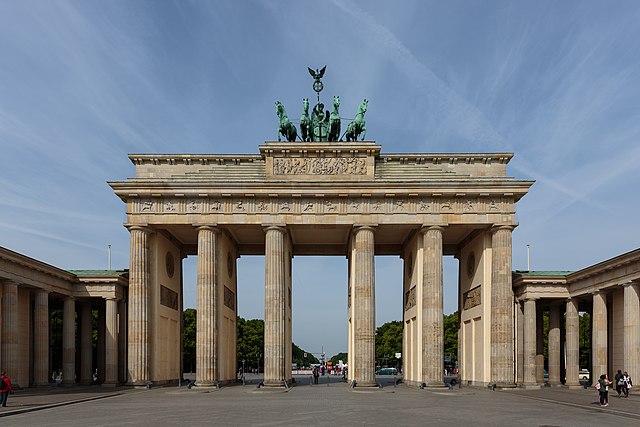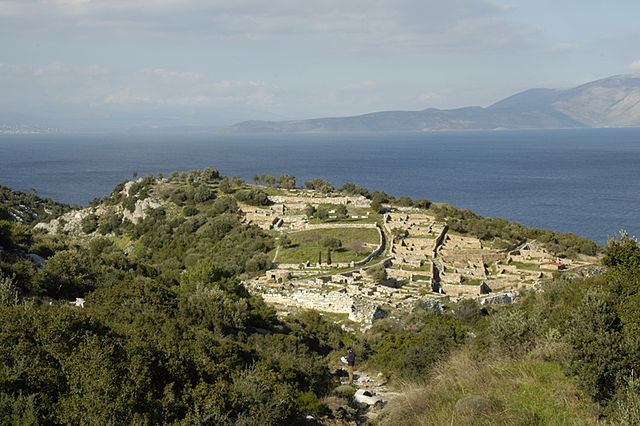Greek Revival architecture
Greek Revival architecture was a style that began in the middle of the 18th century but which particularly flourished in the late 18th and early 19th centuries, predominantly in northern Europe, the United States, and Canada, as well as in Greece itself following its independence in 1821. It revived many aspects of the forms and styles of ancient Greek architecture, in particular the Greek temple. A product of Hellenism, Greek Revival architecture is looked upon as the last phase in the development of Neoclassical architecture, which was drawn from Roman architecture. The term was first used by Charles Robert Cockerell in a lecture he gave as an architecture professor at the Royal Academy of Arts in London in 1842.
Brandenburg Gate in Berlin, 1791
Northington Grange, an English banker's house of 1804-1817
Yorkshire Museum in York, England, designed by William Wilkins, 1830
Neue Wache in Berlin, 1818
Ancient Greek architecture
Ancient Greek architecture came from the Greeks, or Hellenics, whose culture flourished on the Greek mainland, the Peloponnese, the Aegean Islands, and in colonies in Anatolia and Italy for a period from about 900 BC until the 1st century AD, with the earliest remaining architectural works dating from around 600 BC.
Image: Parthenon (30276156187)
Image: Erechtheum Acropolis Athens
Image: Schema Saeulenordnungen
The rugged indented coastline at Rhamnous, Attica








